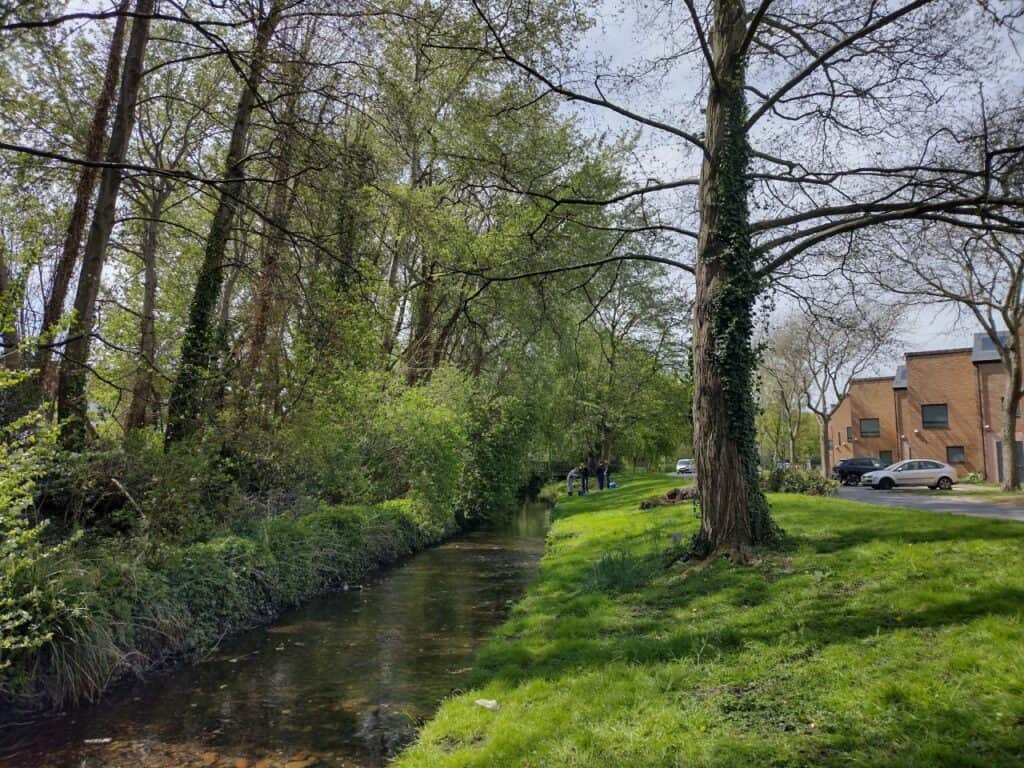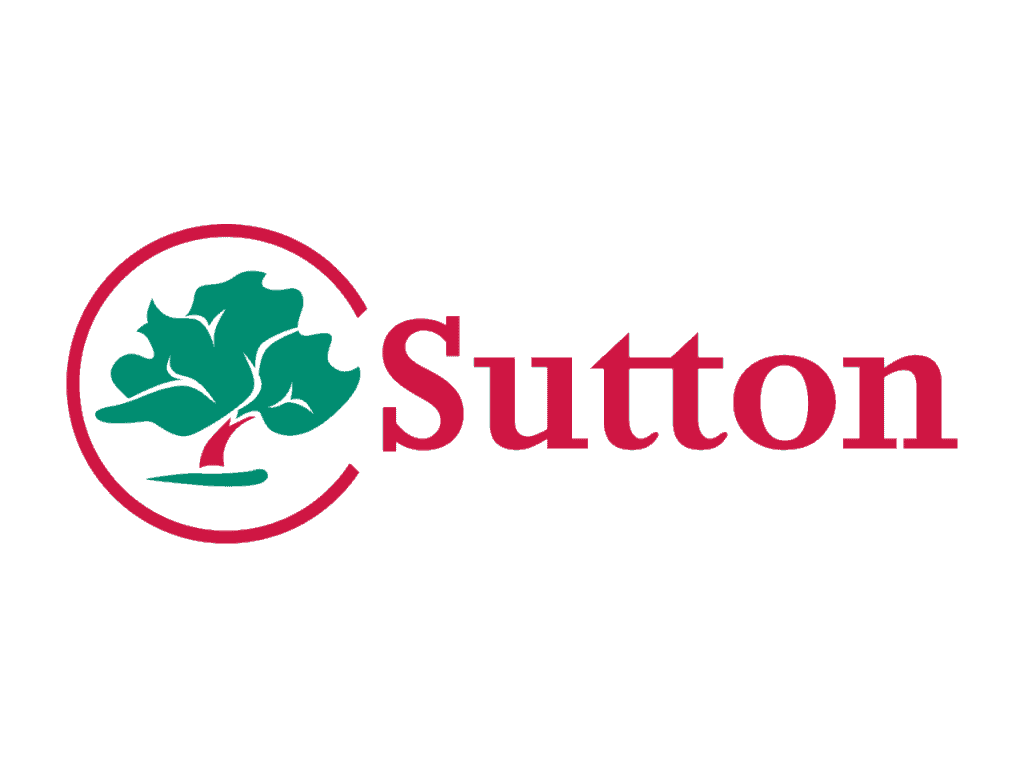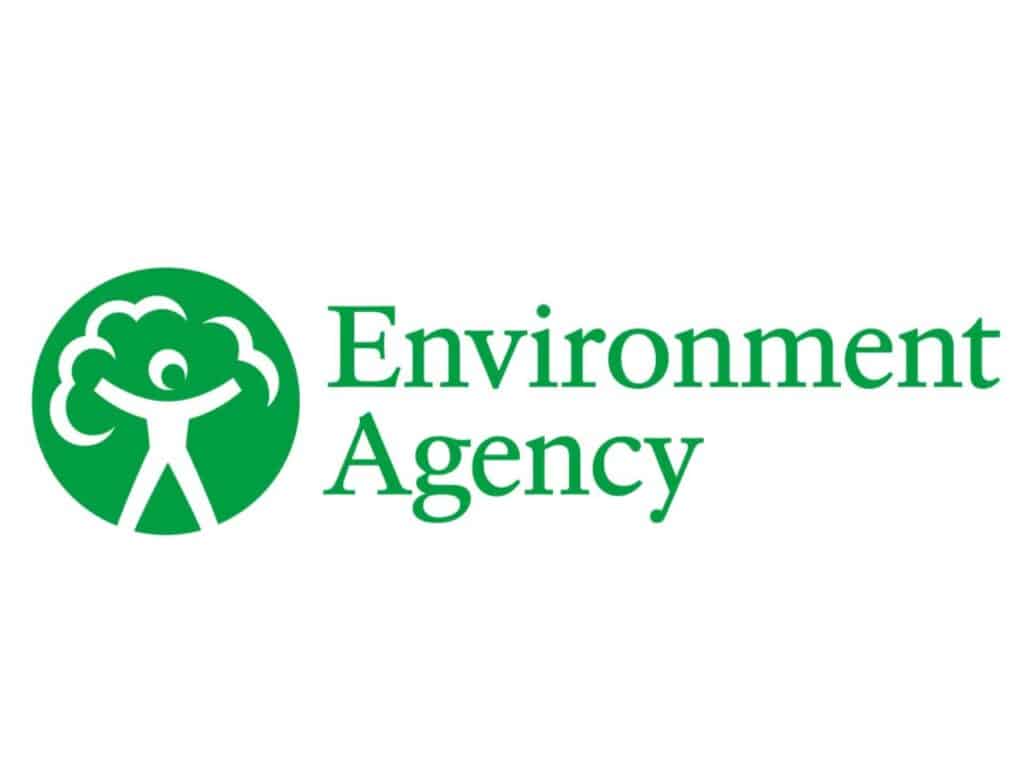Tree removal and increasing light
The project intends to thin tree cover along the river’s banks to provide a beneficial light/shade ratio for the chalk stream environment, offering better conditions for a more diverse range of aquatic plant species.
This is proposed in two phases:
1 – October to November 2022: removal of three, large, fast-growing invasive non-native Caucasian Wingnut trees, which cast deep shade over much of the river channel, west of the footbridge.
Their suckering nature (expanding through shoots from roots) is a significant management concern, regardless of river restoration, although they are also a major impediment to improving the river if they are not removed. After the trees are removed, their suckering regrowth will be monitored for a year, to ensure full removal, before the river restoration work begins.
Anyone with comments or concerns about the removal of the wingnuts can email biodiversity@sutton.gov.uk
2 – Autumn 2023: Selective thinning of self-seeded poplar and sycamore, mainly on the southern bank, to ensure the correct mix of light and shade levels.
The project will replace an amount of trees with a selection of native trees more suited to the river corridor in the 2023/2024 planting season.
All tree felling is in line with the Council’s Tree Strategy. This states that healthy trees will not be cut down except for health and safety reasons, unless there are clear biodiversity benefits (such as woodland management work or river restoration).



